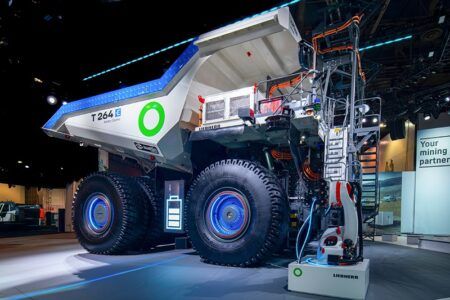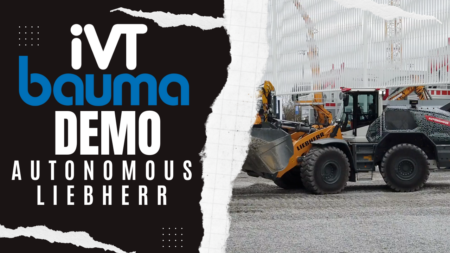Case IH is continuing its research into autonomous technologies by categorizing the areas the innovation will affect.
After revealing an autonomous concept vehicle two years ago, the company is wanting to push developments further in defining the ways the technology will impact agricultural applications specifically.
“While the autonomous concept vehicle reveal in 2016 showed the world what’s possible with autonomous vehicles, it was just that — a concept. This working tractor provided a platform for us to start discussions with farmers and the industry about the technology needed for high-efficiency farming operations today and in the future,” said Robert Zemenchik, Case IH AFS global product manager.
“We’re ready to show how automation and autonomy applies across agriculture and how it can advance the precision farming solutions our customers are currently using on their farms.”
The company has outlined five categories of automation for the agricultural industry: guidance; coordination and optimization; operator-assisted autonomy; supervised autonomy; and full autonomy.
“It’s exciting to explore the efficiencies that automation and, eventually, full autonomy can bring to each farming operation,” Zemenchik said. “The logic behind the categories is to provide a vision of what’s possible. They are not linear, and a given fleet may even fit into more than one category at a time. Today, many of our customers are already operating in the guidance and/or operator-assisted autonomy categories.”
March 2, 2018




